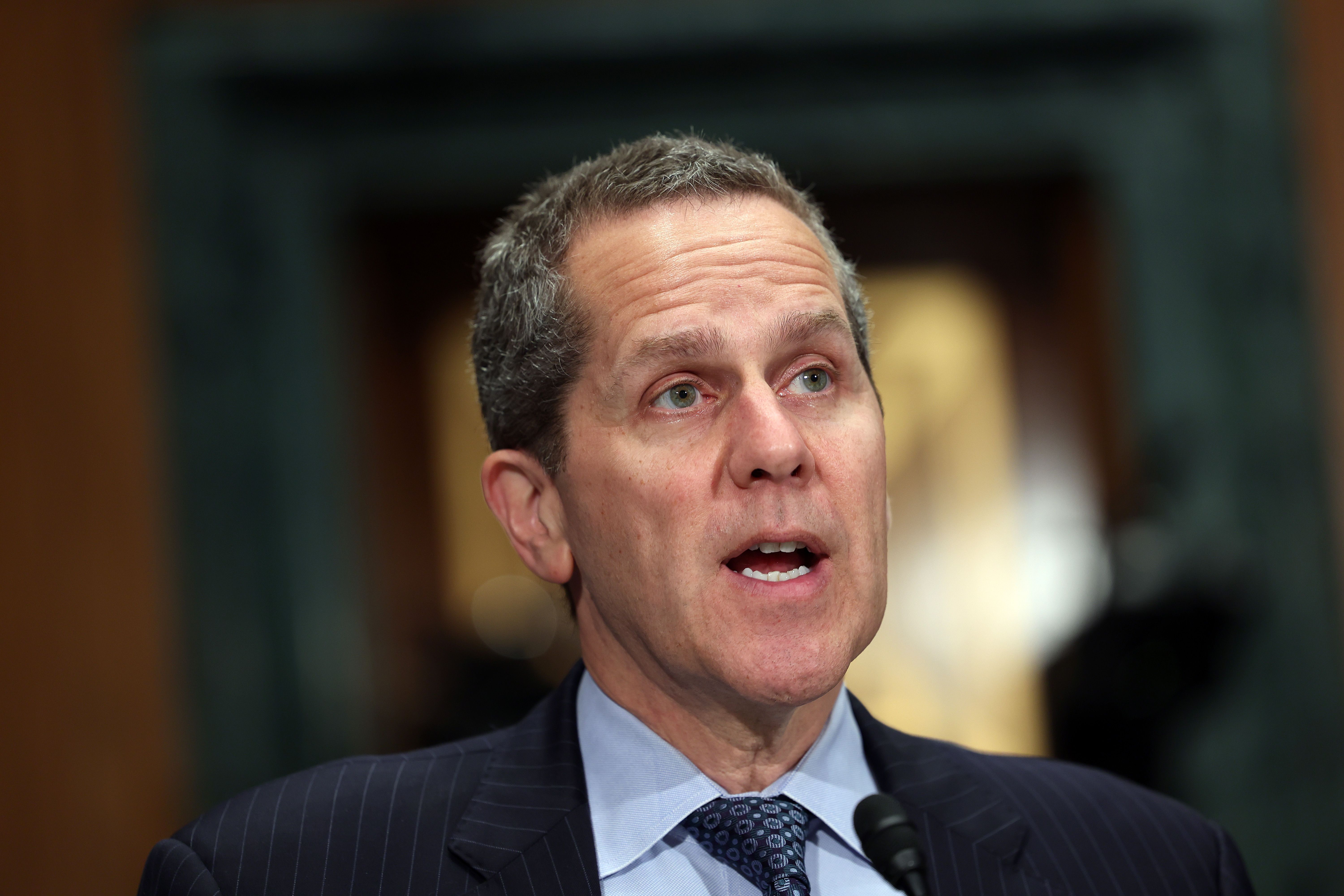This is an opinion editorial by Leon Wankum, one of the first financial economics students to write a thesis about Bitcoin in 2015.
Today, the most common form of collateral used by a borrower to secure repayment of a loan to a lender is real estate. This practice is common among mortgages, personal loans and business loans. Banks lend to people and institutions that own real estate. Other common forms of collateral include business inventory, cash, stocks and bonds. I will show why bitcoin has the potential to become the collateral of choice in the future.
There is an emergence of a variety of lending products around bitcoin. Bitcoin as a bearer free instrument serves as prime collateral. Due to its deterministic supply schedule, which is hard-capped, there is an incentive to hold bitcoin. This has created a demand for bitcoin users to lend their holdings and receive yield or cash in return. Borrowing against your bitcoin makes economic sense for two reasons. Firstly there is a capital gains tax if you sell and secondly, from a “spending perspective” we are encouraged to spend fiat, not bitcoin, as long as the value of bitcoin is increasing faster than fiat interest rates.
However, bitcoin should only be used to borrow against it, not to earn yield. Earning a 6% yield while being able to lose it all is not worth it. And for lending purposes, you can use non-custodial solutions like Hodl Hodl that are available. Multisignature wallets (a type of wallet that requires more than one signer to move funds) allows for lenders and borrowers to share access to funds.
You can still have a cryptographic relationship with your bitcoin as a borrower. Suppose you borrow against your bitcoin using a multisig address. In that case, you can always access this address not only through the platforms’ interface but also using any blockchain explorer. With that, you can always double-check that your collateral is stored in the same place and even monitor your escrow account in real-time. This prevents rehypothecation risk, a practice whereby banks and brokers use assets posted as collateral by their clients for their own purposes.
As explained by Nick Neuman, the fact that bitcoin transactions and addresses are publicly verifiable takes an enormous amount of risk out of the financial system. It allows for proof of reserves, where a financial institution must provide their bitcoin address or transaction history in order to show their reserves. The transparency requires a more ethical behavior from financial service providers.
Bitcoin storage is pretty simple, there is no daily maintenance. Bitcoin just needs to be kept safe from cyber attacks. A financial service provider can set up its own cold wallet (a device that stores cryptocurrency offline) and protect its bitcoin from the threat of theft. Bitcoin can also be stored in a multisignature wallet. This allows both lenders and borrowers to manage funds together and protects borrowers from the risk of bankruptcy of the lender. In this case, the borrower would lose their coins.
With bitcoin, the maintenance of the collateral decreases. Banks usually have a large number of appraisers and auditors who continuously evaluate the collateral deposited. The valuation of real estate is particularly time-consuming. There are standards according to which real estate is valued. But these are constantly changing and properties must be valued individually based on location and condition. Bitcoin, on the other hand, has a real-time market price that is accessible to everyone.
Social issues are also associated with the use of real estate as the preferred form of collateral. It has created an exclusive financial system in which it has become increasingly difficult to build credit as real estate has become expensive and less accessible.
House prices have increased nearly 70 times since 1971, which corresponds to the “Nixon shock” of August 15, 1971, when President Nixon announced that the United States would end…
Read More: bitcoinmagazine.com









 Bitcoin
Bitcoin  Ethereum
Ethereum  XRP
XRP  Tether
Tether  Solana
Solana  Dogecoin
Dogecoin  USDC
USDC  Cardano
Cardano  Lido Staked Ether
Lido Staked Ether  TRON
TRON  Avalanche
Avalanche  Sui
Sui  Wrapped stETH
Wrapped stETH  Chainlink
Chainlink  Toncoin
Toncoin  Shiba Inu
Shiba Inu  Stellar
Stellar  Wrapped Bitcoin
Wrapped Bitcoin  Hedera
Hedera  Polkadot
Polkadot  WETH
WETH  Bitcoin Cash
Bitcoin Cash  Uniswap
Uniswap  Pepe
Pepe  Hyperliquid
Hyperliquid  Litecoin
Litecoin  LEO Token
LEO Token  Wrapped eETH
Wrapped eETH  NEAR Protocol
NEAR Protocol  Internet Computer
Internet Computer  Ethena USDe
Ethena USDe  USDS
USDS  Aptos
Aptos  Aave
Aave  Render
Render  Mantle
Mantle  Bittensor
Bittensor  POL (ex-MATIC)
POL (ex-MATIC)  Cronos
Cronos  Ethereum Classic
Ethereum Classic  Artificial Superintelligence Alliance
Artificial Superintelligence Alliance  Virtuals Protocol
Virtuals Protocol  WhiteBIT Coin
WhiteBIT Coin  Arbitrum
Arbitrum  MANTRA
MANTRA  Monero
Monero  Tokenize Xchange
Tokenize Xchange